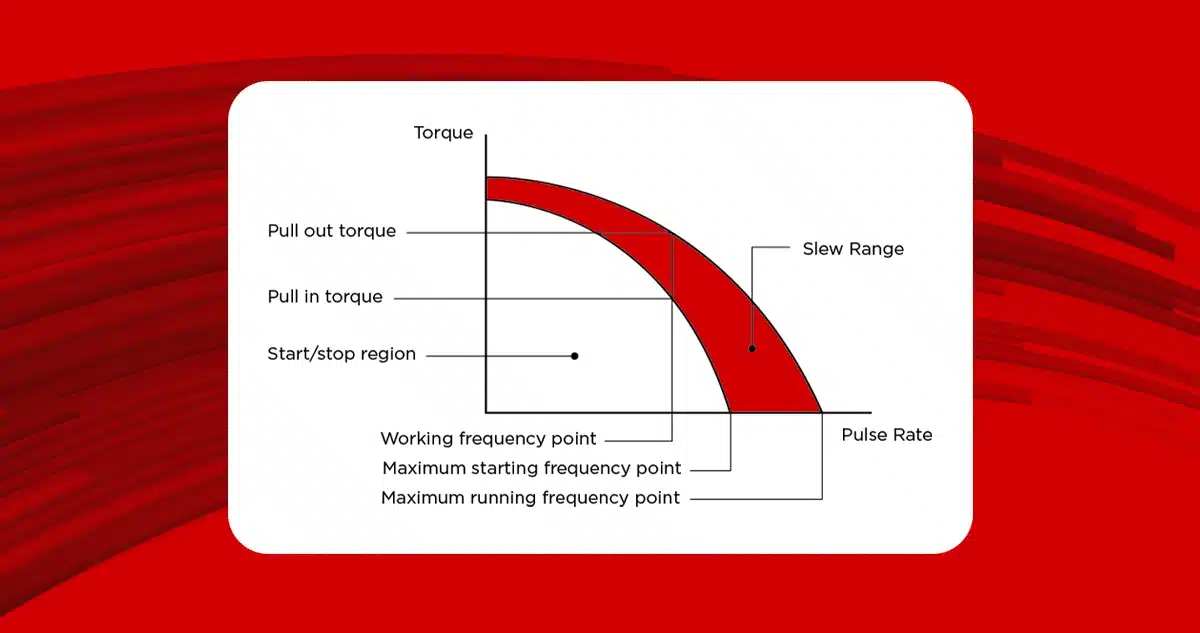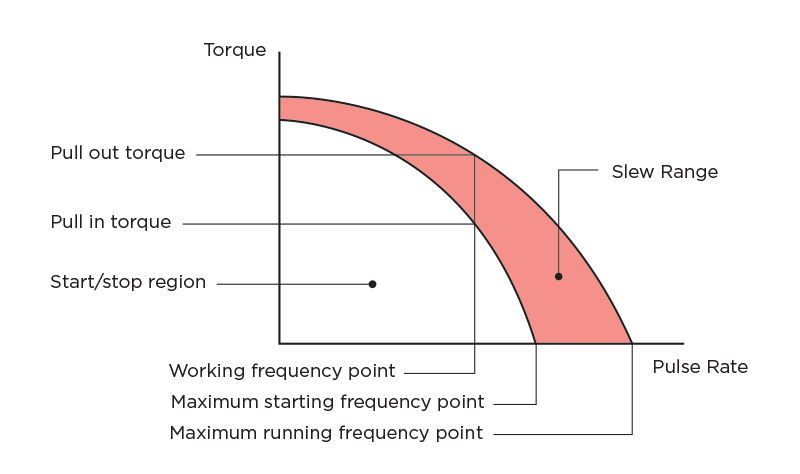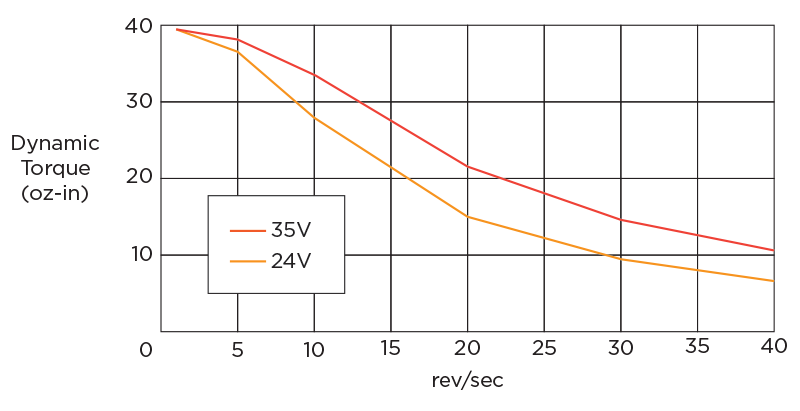The most important characteristics for the performance of a stepper motor are precise positioning, a good stall torque, and good torque at low speed. But some […]

The most important characteristics for the performance of a stepper motor are precise positioning, a good stall torque, and good torque at low speed. But some applications require high torque delivery at high speed, and the design/control specifications demand the use of a stepper motor. While stepper motors are not renowned for their ability to generate high torque at high speed, this can be obtained in certain applications.

Why is it difficult for stepper motors to deliver high torque at high speeds?
The typical design of a stepper motor means that torque delivery is directly proportional to the current passing through the motor windings: the higher the current, the higher the torque delivered by the motor. However, windings have two characteristics that limit the current and thus the generation of torque. The first is their inductance (L), which makes the windings resist any variation in the current running through them. The other is their resistance (R), which limits the maximum amount of current that can run through the winding.
In combination, these two factors determine the motor’s electrical time constant (τe), which is the time required for the winding current to reach 63% of its nominal value (maximum).

When the frequency of the voltage pulses delivered to the windings (and hence the speed of the motor) is low, the windings have sufficient time to reach their current rating, and the motor can deliver its nominal torque. But when the frequency of the voltage pulses (motor speed) is high, the winding current does not have enough time to achieve its nominal value, and this degrades the torque output.
Another factor which limits the torque output of stepper motors at high speed is the rate of increase of current in the windings (dI/dt), which is directly proportional to the applied voltage (V) and inversely proportional to the motor inductance (L).

To improve the rate of increase of the current, we must either reduce the winding inductance (L) or increase the applied voltage (V).
The only way to reduce the inductance of the windings is to change the configuration of the motor or its production methods. In effect, some manufacturers have modified their production processes and now offer stepper motors with higher torque/speed characteristics than those offered by conventional configurations. Such modifications include improved magnetic configurations to increase the flux between the rotor and the stator, thus increasing the number of pairs of motor poles and the density of the windings.
But for machinery manufacturers and end users, the torque delivery of a given stepper motor can often be improved using a chopper drive.
“Chopping” the drive voltage provides improved torque/speed characteristics

Chopper drives supply the motor with a high voltage (often as much as eight times the nominal voltage) which, according to Ohm’s Law (current = voltage ÷ resistance), increases the current through the windings.

This voltage chopping method also improves the current increase rate (dI/dt). As a result, increasing the drive voltage enables the windings to reach a higher current level, even when the voltage pulse frequency is high, which means that the motor is capable of delivering more torque at a higher speed.
Chopper drives are sometimes also called constant current drives, because they generate a relatively constant current in the windings in comparison to a conventional drive, which supplies constant voltage to the motor. This current chopping approach also enables microstepping control of stepper motors.
